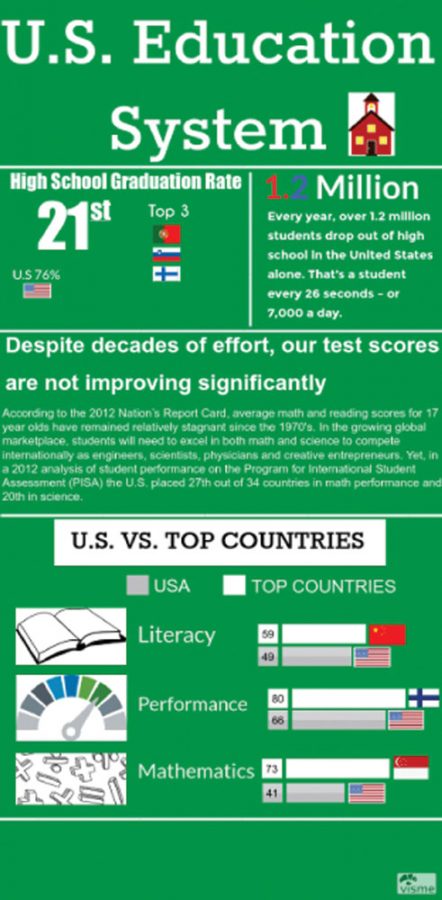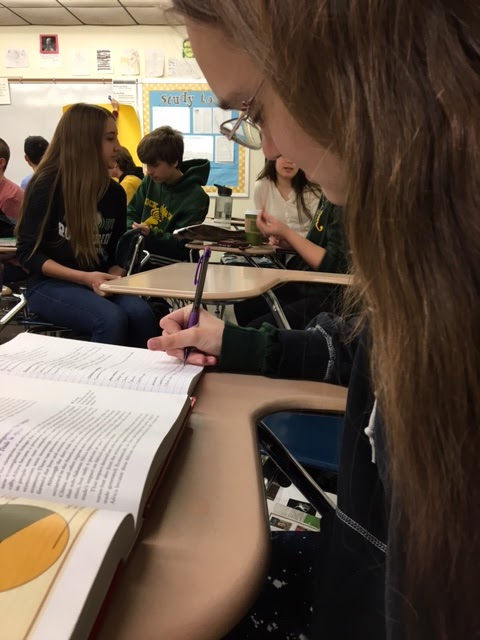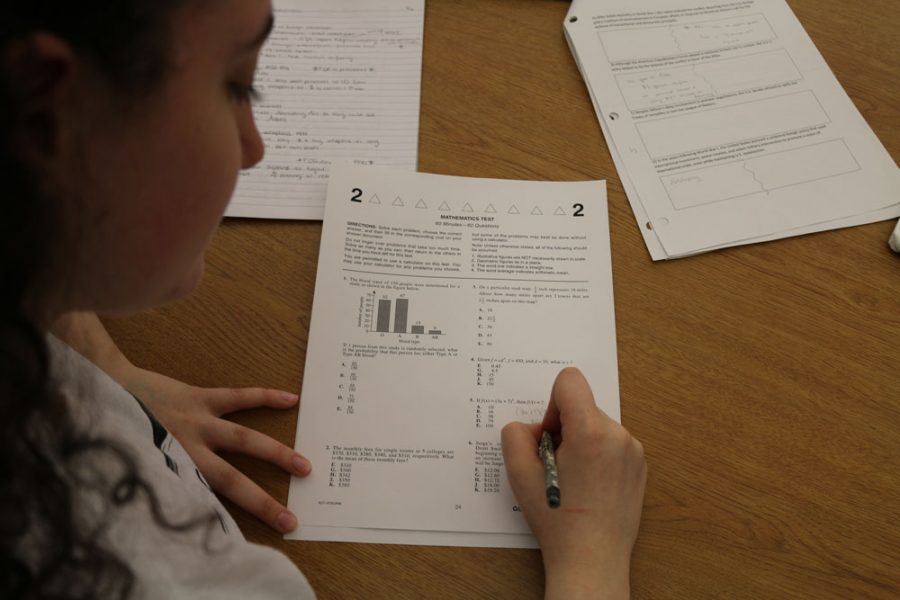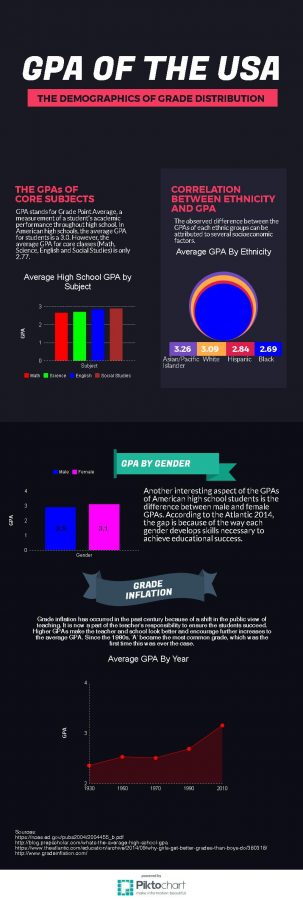The American education system is busted, or so say the policy elites. Even the average citizen questions the current path of the American education system. The founders of the XQ Super School Project put it best, America needs to “scrap the blueprint and revolutionize this dangerously broken system.”
This, they explain, is the truth. The educational system stopped working. It aged, declined and collapsed. But there’s good news, too. Michelle Rhee’s group, StudentsFirst, declares Americans can work together to fix the broken system.
Rhee believes the systems that used to work well now don’t. Although nobody inside school systems seems to care, innovators outside the establishment have developed some simple solutions. The system can be rebuilt, reformers argue. But first it must be torn down.
American education has some obvious shortcomings: over crowded schools, stagnant school spendings and college tuition costs. Even defenders of the schools can make long lists of things they’d like to change. But the root of the problem is not incompetent design, as is so frequently alleged. Nor is it stasis. Rather, it is the twofold challenge of complexity and scale.
Senior Justin Vahle believes schools are charged with the task of teaching human beings and are expected to do so in a relatively consistent way for all young people. It is perhaps the nation’s most ambiguous collective project. As such, it advances slowly.
“For evidence of this, you just need to look only to the past. If the educational system had broken at some point, a look backward would reveal an end to progress, a point at which the system stopped working,” Vahle said. “But that’s not the case. Instead you see that across many generations, the schools have slowly and steadily improved.”
Consider the teachers in classrooms. For most of American history, teachers received no training at all, and hiring was a chaotic process. Even as recently as mid-century, prospective teachers had no background in adolescent cognition and received no training in how to work with students from diverse backgrounds.
[quote cite=”Justin Vahle, RBHS senior.”]“For evidence of this, you just need to look only to the past. If the educational system had broken at some point, a look backward would reveal an end to progress, a point at which the system stopped working, but that’s not the case. Instead you see that across many generations, the schools have slowly and steadily improved.”[/quote]
But it has changed. Does that mean that today’s system of teacher education is without flaw? Dr. Blaine Henningsen, assistant commissioner in the office of college and career readiness with the Missouri Department of Elementary and Secondary Education, disagrees.
“Hardly. There’s lots of work yet to be done,” Dr. Henningsen said. “But there is also no question that the average teacher in the U.S. today is better prepared than the average teacher from any past period.”
Henningsen believes the same is true of the school curriculum. Sure, it’s somewhat arbitrary and, at least for some students, insufficiently challenging. But Americans are regularly told that the modern curriculum is a relic of the past and that it has grown increasingly out of date.
Categories:
School system evolves as perfection is not yet achieved in education
May 17, 2017
U.S Education System falls behind in graduation rate and test scores. Infographic courtesy by Logan Dorsey
0
More to Discover





















































































